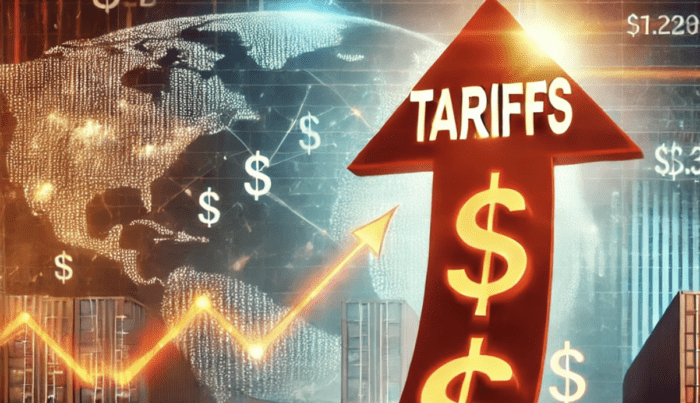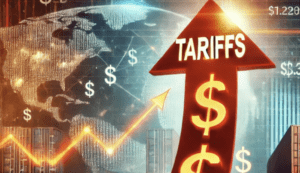An Introduction
Canada has for decades irked U.S. lawmakers with “supply management” policies that support Canadian farmers and protect its dairy, egg and poultry industries from foreign competition and function as major trade barriers above zero-tariff quota maximums to prevent the dumping of such products into the Canadian marketplace..Zero-tariff Quota Maximums
Yes, Canada does, in fact, have tariffs above 200% on 14 dairy categories dairy products (298.5% on butter and 245.5% on cheddar cheese, for example)) from the U.S. and the U.S. has precisely this same system for its dairy market. These high tariffs, however, ONLY kick in after the U.S. and Canada have hit a certain Trump-negotiated quantity (touted as “the best trade deal ever made” by Trump himself back in 2018) of tariff-free dairy sales to the other country each year.
Conclusion
The U.S. dairy industry acknowledges that the U.S. is not hitting its allowed zero-tariff maximum in any category of dairy product – not even at half of the zero-tariff maximum – so, in practice these tariffs are not actually paid by anyone. That being said, however, the U.S. argues that Canada is to blame for the inability of the U.S. to get to the maximums, saying Canada is unfairly deploying obstacles that make it “harder and harder” for the U.S. to sell into the Canadian market because Canada is using administrative tactics to deny the U.S. the market access it is supposed to have under the USMCA.
You might be interested in learning more about the principles behind international trade policies and tariffs. Speaking of trade barriers, you might be interested in Tariffs, which are taxes imposed on imported goods, often used to protect domestic industries. Additionally, if you’re curious about Canada’s agricultural policies, check out Canada’s Agricultural Policy. For a broader understanding of trade agreements like USMCA, you may want to explore USMCA (United States–Mexico–Canada Agreement).














